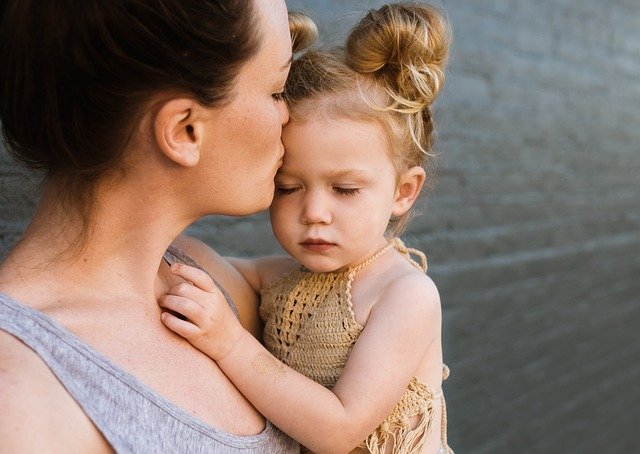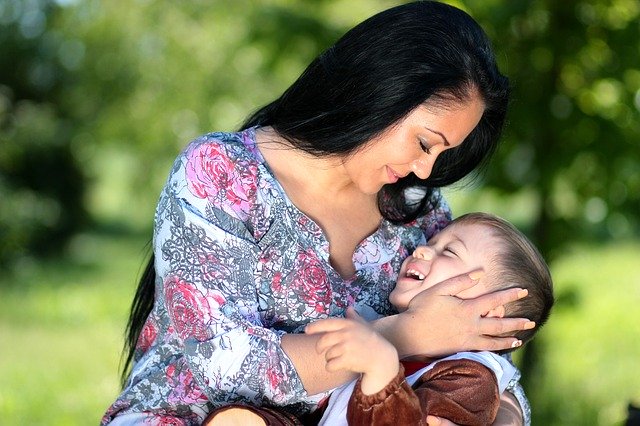The philosophy of child-rearing has undergone many shifts over the years. Parents took decisions for their children, for instance, a few decades ago. Children were even punished back then. The child-knows-best rearing mode has come into being in modern years, with parents mostly encouraging their little ones to choose for themselves. This is a wonderful practice in theory, but kids can not, not always, make the right choices. Therefore, a parent would be obligated to help their children find a way of life. You should concentrate on the actions of your child, as well as their emotional state because nothing supersedes their mental wellbeing and peace of mind. Nevertheless, as a parent, you have to make sure that you give your child healthy boundaries through which he can grow and learn to navigate the world around him. This post will give tips to set boundaries for children and how limits are relevant.
Importance Of Setting Boundaries For Children
Today, it is found that parents with their children are considerably free and have no strong limitations. It can be troublesome often. Below are some reasons for setting rules and boundaries for your kids:
1. Limits Interrupt Narcissistic Impulses
It is not a good way to encourage your child to manipulate you, especially when important decisions are made. This can make them feel the core of the world and can contribute to a narcissistic disorder of personality. Children need to know the feeling of frustration and loss so that as adults they can understand how to manage these circumstances. However, please make sure you do not have dictatorial or extreme limits for them as in later years this may lead to trust issues.
2. The Children’s Brain Is Not Completely Developed
Children have not completely developed prefrontal lobes. According to child psychologists, that leads to something called “magical thinking.” This helps them to live in a semi-imaginary universe, and parents can also make important decisions about their lives. Children under the age of eight are less descriptive, making them less capable of two best decisions. That, of course, includes basic decisions, such as what to wear or what to eat. Enable them to choose.
3. Limits Make Kids Feel Safe
Kids thrive on routine and discipline. Setting up definite timelines for different activities can instill a sense of predictability, which can reduce ambiguity and anxiety in turn. Yeah, there will be times when your child will rebel, but make him know that the limits you set are for his own gain. As he develops, he’ll know that everything you do is in his best interests, and he’ll feel protected and loved.

Guidelines To Set Boundaries For Children
If you’re wondering how to set your child’s limits, then these guidelines to set boundaries for children will help you set acceptable boundaries:
1. Always Use Friendly Tone
Be polite to children without letting them get their way. If you speak to your child in an aggressive tone or harshly scream at him, it can scare him or make him feel uncomfortable and he’ll be compelled to obey the boundaries. Fearful kids will adhere to your boundaries but not happily. And if you want your child to obey the boundaries you have set for him, speak to him in a gentle and polite tone. Let him first feel comfortable and protected, then talk.

2. Make Your Approach Clear
Do not use terms that can sometimes mean several things. Don’t tell your kid, for example, that you don’t want him or her to do something specific. Tell him then, gently, whether it’s wrong, improper, or dangerous. Explain this gentle way and ask him to change his behavior.
3. Don’t Expect A Lot
Please set limits in view of your child’s stage of development. For example, young children find their way all over, while older children may resist or ask for reasons. Recall that it takes them a while to reach these development stages, and set the rules appropriately.
4. Keep The Body Language Consistent
Keep the non-verbal signs consistent. To retain authority, this is critical. Instead of intimidating your baby with his height and body, crook up and keep your face neutral. Explain to him in a serious but polite way the rules you have laid down for him, and he will follow them.

5. Stay Firm In Your Decisions
If you set boundaries for your kids, don’t waver. Initially, your child will whine, making you feel like you could give up but don’t. Be firm in your decisions, and remember to do it for the good future of your kids. Set limits but change them as circumstances require.
6. Make Him Feel Safe
Wherever he needs you, or anytime you think he’s in danger, be there for your child. If he insists on running across the lane, for example, or attempts to climb trees, grab his hand and stop him from doing so. Keep calm and remember when you’re feeling angry you should never hurt your kids. Furthermore, please keep an eye on the amount of force you use, so your child is not feeling pain. You will need to let him go until he calms down or is in a position to manage himself.
7. Be Humorous
Being funny is always working. You may set your boundaries with songs, limericks, rhymes, anything which sounds fun and entertaining. Use a funny voice, or build a fictional character who follows the rules rather than you do it. That will take less time than other strategies like yelling or bribing your kids.
8. Strategize In Advance
It is important to plan ahead, particularly when it comes to setting boundaries for pre-schoolers. As parents, you should know when your child is most emotionally relaxed and when and where he’s starting to get upset, anxious, or angry.
9. Allow Your Kids To Complain
Invariably, your child will argue about the boundaries you set. We can’t stop this. However, it would definitely help if you respond with calm and empathy to his distressed state, instead of getting angry with him. Yeah, at the beginning he’ll complain but later he’ll understand why you’ve set limits for him.
These are the guidelines to set boundaries for children.
Kids will always push the levels of tolerance, flexibility, and tension. You have this thing under your full hands. Please realize that your child is part of his growth stage, trying to do more things by himself. It is up to you to help him along the way, so he can make the right choices in his existence and make the right choices. Simply letting your child do what he wants can be simple, instead of holding firm limits. It’s also quick to impose strict military rules on a kid so he’s absolutely obedient. But none of these strategies can turn your child into a happy or healthy human.
Raising a child is a dynamic and not a static process. In the beginning, you won’t learn anything but you will pick up a lot on the way. When you identify your boundaries and stick to them with conviction, your child will respond to you and refer to your actions as someone to model.
Also Read: Good Habits All Parents Need To Teach Their Children













